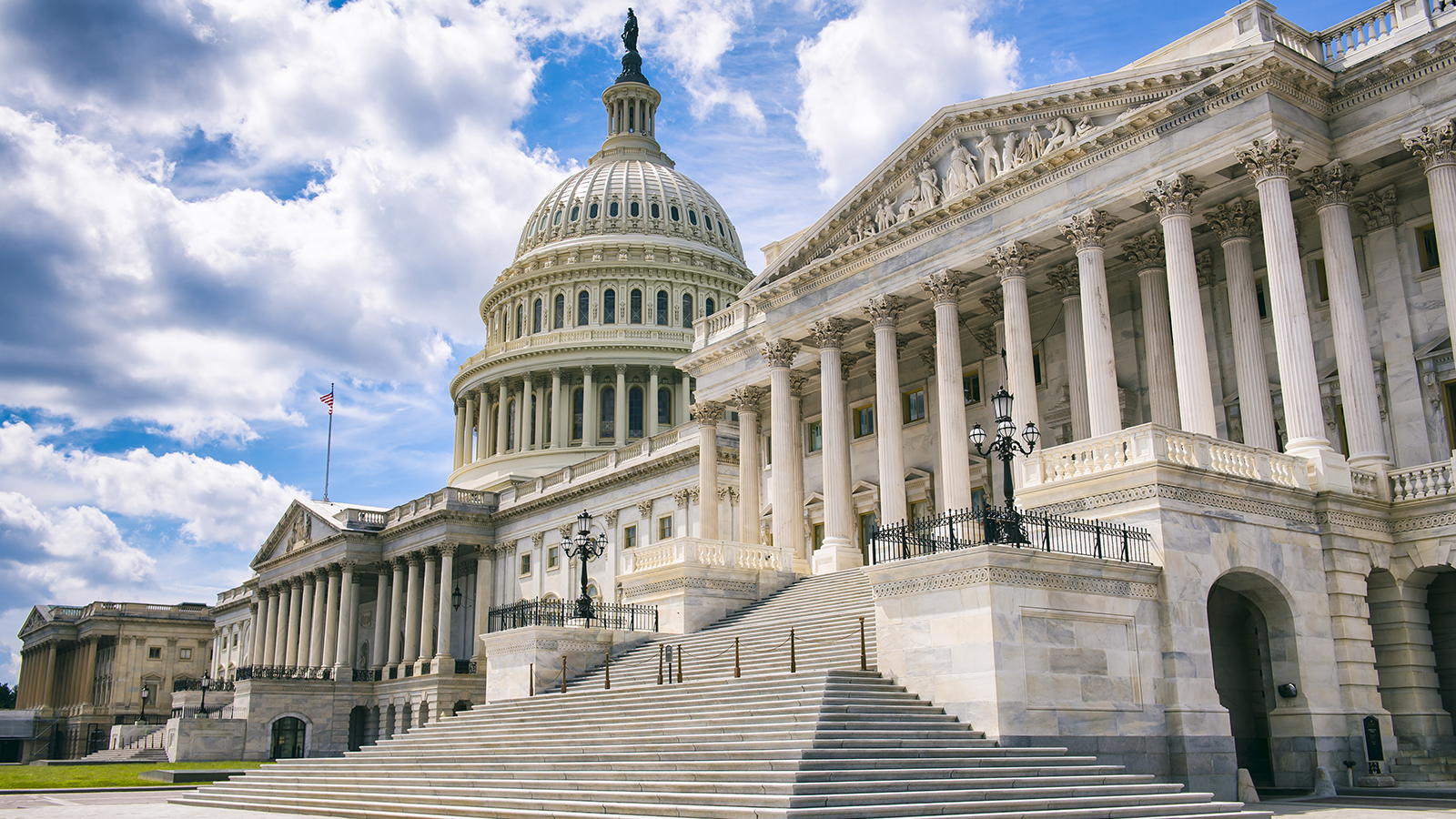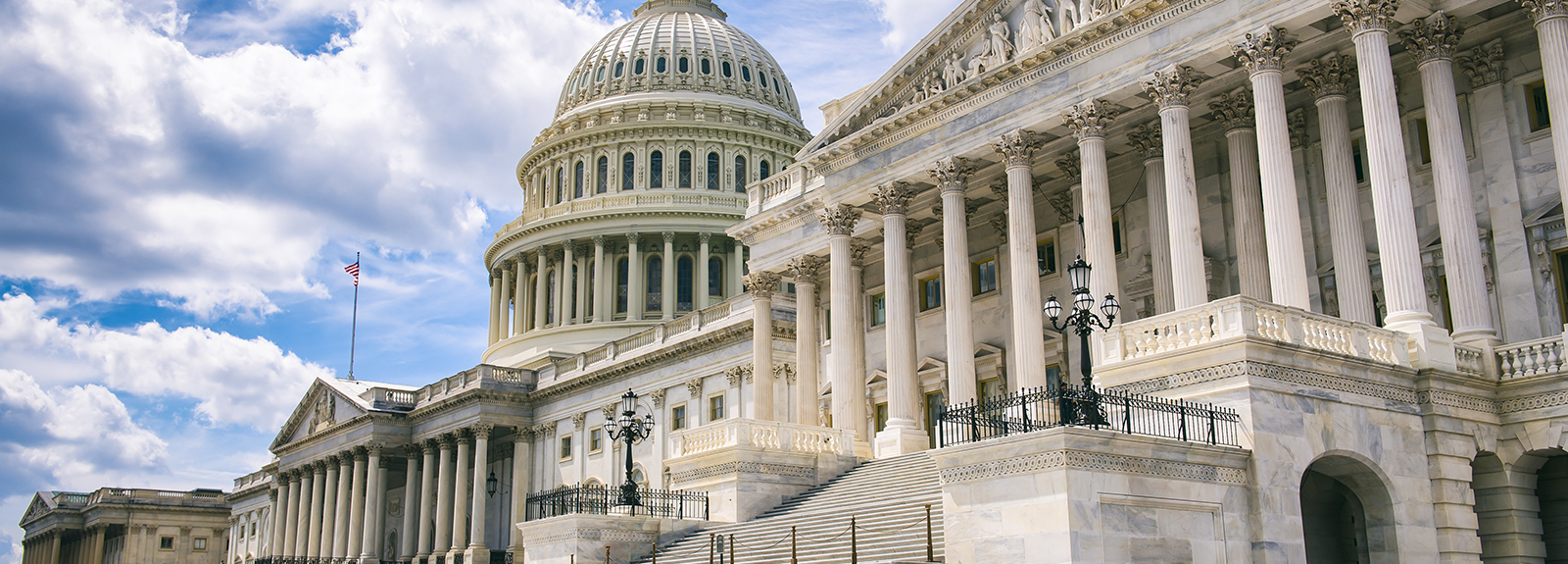The legislation guarantees free coronavirus testing, enhances Unemployment Insurance, strengthens food security initiatives, and increases federal Medicaid funding to states. In addition, the legislation creates two new paid leave programs that every business under 500 employees and all government employers must implement for their employees 15 days after enactment. Please don’t hesitate to contact Angie Whitcomb (awhitcomb@shakopee.org) with any questions.
Emergency Paid Sick Leave Act
Requires employers with fewer than 500 employees and government employers to provide employees two weeks (10 days) of paid sick leave for the following purposes, paid at the employee’s regular rate (in the case of 1-3) or two-thirds their regular rate (in the case of 4-5) if the employee is/has:
- Under government ordered quarantine.
- Been advised by a health care provider to self-quarantine.
- Experiencing symptoms of COVID-19 and is seeking a medical diagnosis.
- Caring for an individual subject to 1 & 2.
- Caring for a child if their school or child care provider has closed.
Key provisions
- Full-time employees are entitled to 2 weeks (80 hours) and part-time employees are entitled to the typical number of hours that they work in a typical two-week period.
- For sick leave paid to employers for reasons 1-3, the wage amount is capped at $511 per day ($5,110 total). For reasons 4-5 it is capped at $200 per day ($2,000 aggregate).
- The paid sick time provided by HR 6201 shall be in ADDITION to employer’s current paid leave policies.
- Employers may not require that the employee search for or find a replacement employee to cover the hours during which the employee is using paid sick time.
- Employers may not require an employee to use other paid leave provided by the employer before utilizing the paid leave provided by HR 6201.
- The leave shall be available for immediate use, irregardless of the employee’s tenure.
- The Secretary of Labor will provide a notice summarizing the provisions of HR 6201 that all employers must post.
- Health care providers and employers of emergency responders may exclude employees from this leave.
Tax Credits
Employers providing a paid leave under HR 6201 will be eligible for a refundable tax credit equal to 100 percent of paid sick leave wages for each calendar quarter. The tax credit is allowed against the employer’s portion of the Social Security payroll tax. A similar tax credit is available for self employed individuals.
Emergency Family and Medical Leave Expansion Act
Provides employees of employers with fewer than 500 employees (even those not typically subject to FMLA) and government employers, who have been on the job for at least 30 days, with the right take up to 12 weeks of job-protected leave under the Family and Medical Leave Act to be used to take care of their children in the event of a school or child care closure due to COVID-19.
Key provisions
- The first 10 days of emergency FMLA leave are unpaid, unless the employee chooses to use available accrued paid personal or sick leave time.
- After the first 10 days, emergency FMLA leave will be paid at a rate not less than two-thirds the employee’s regular rate of pay for the remaining duration of the leave.
- For employees with a variable schedule, in the case where an employer can’t with certainty determine the number of hours the employee would have worked if they had not taken emergency FMLA leave, the employer can use a calculation equal to the average number of hours that the employee was scheduled per day over the prior 6-months.
- Pay is capped at $200 per day and $10,000 in the aggregate.
- Employers with fewer than 25 employees may not be required to provide job restoration if the position does not exist when the leave ends due to economic issues related to coronavirus (several conditions apply).
- Health care providers and employers of emergency responders may exclude employees from this leave.
- The Secretary of Labor may enact regulations after enactment that would:
- Permit employers of fewer than 50 employees to apply for an exemption if compliance would jeopardize their business
- Exclude certain health care providers and emergency responders from eligibility for this leave.
Tax Credits
Employers providing emergency FMLA leave under HR 6201 will be eligible for a refundable tax credit equal to 100 percent of paid emergency FMLA wages for each calendar quarter. The tax credit is allowed against the employer’s portion of the Social Security payroll tax.
Original Post From Greater Mankato Growth


